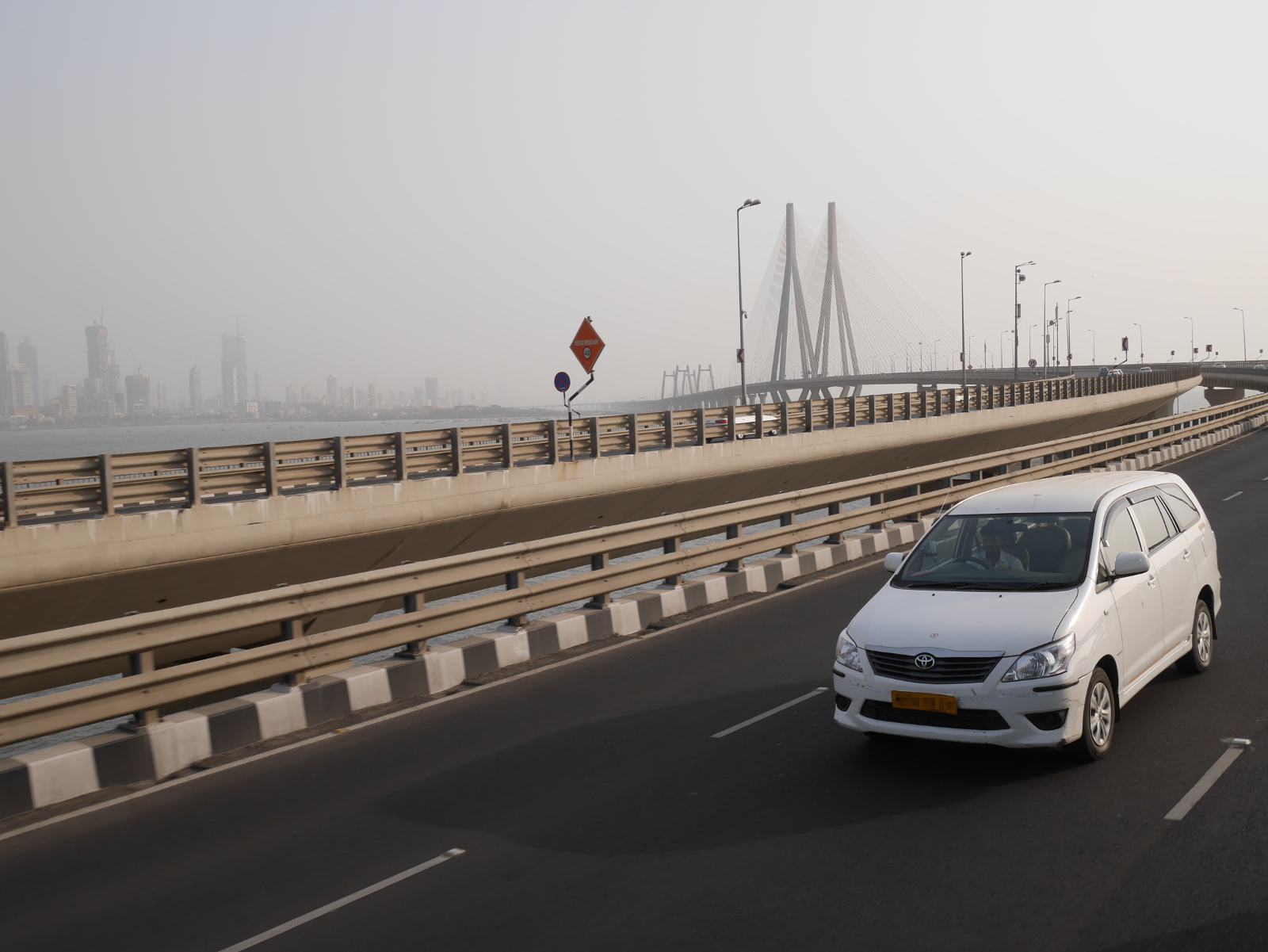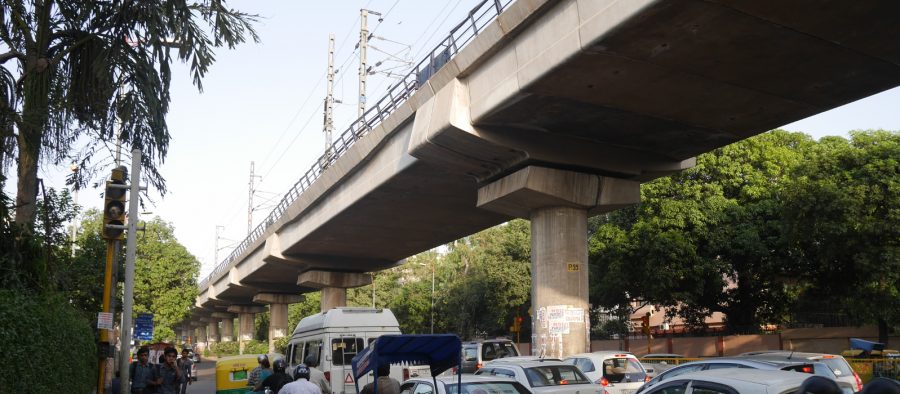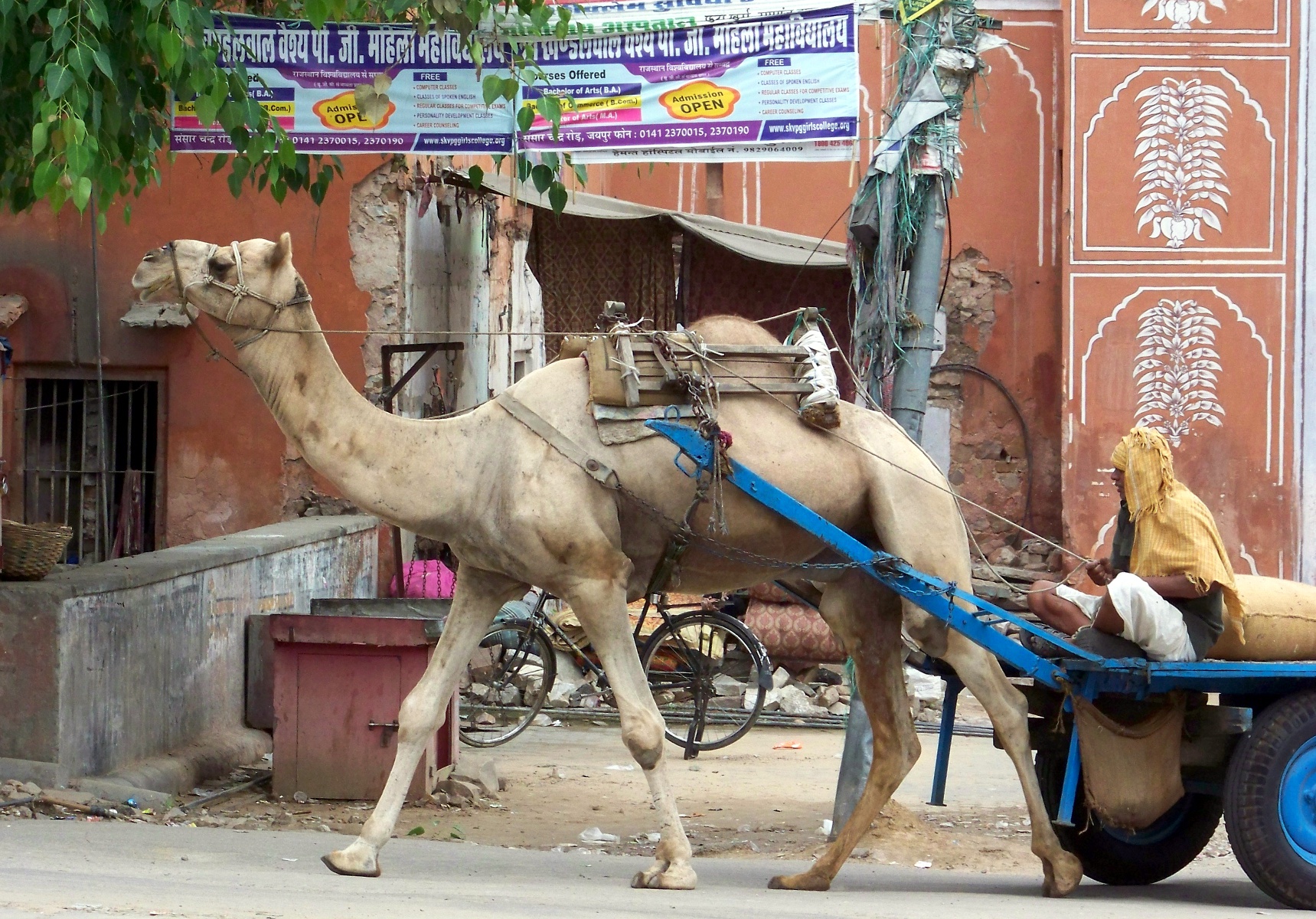In the USA, manual transmission or shift-shift automobiles are so uncommon that I make a comment whenever I get into a friend’s car that has a manual transmission. When automatic transmissions first started to sell in large numbers in the American market in the 1950s, manual transmissions became known as “standard transmission,” because automatic transmissions were more expensive and therefore comparatively uncommon. Nowadays, though, cars with automatic transmissions dominate the American roads so much that manual transmissions are no longer the market standard.
The introduction of automatic transmissions in the United States was one step in the de-skilling of driving. Other steps in the process have been the introduction of electric starters and, much later, GPS navigation. Driving is still a skill in the United States, but thanks in part to these technological changes, the learning curve is shallower now than it was before World War II.
Driving has been less de-skilled in India than in the United States. This does not mean that driving on Indian roads is more difficult than in America, although from my limited experience with driving in India I can say that is definitely the case. What I mean by this is that learning to drive is a steeper learning curve in India, and a greater portion of the drivers on the road are professionals. This is gradually changing, as more and more middle-class people are buying their own cars and driving them themselves. But the portion of professional drivers on the road in India is still much higher than in the United States, where the majority of drivers are amateurs.1
Partly because driving has been less de-skilled in India, automatic transmissions have never caught on.2 I have been told that cars with automatic transmissions exist in India, but I have certainly never seen one, after having spent the better part of two years in the country. The absolute dominance of manual transmissions has led to some unusual (from an American perspective) technological hybrids. My favorite is the Toyota Innova, a stick-shift minivan.
Minivans originated in the United States, with the first model, the Dodge Caravan, released in 1984.3 In the USA in the 1990s, minivans were the ultimate family car. As vehicles designed for busy moms and dads, minivans of course all had automatic transmissions. They also had plenty of space for kids and carseats, and absolutely zero sex appeal.
In India, minivans do not suffer from the same stigma of un-coolness. The Toyota Innova is the most common minivan on the Indian roads.4 Like every other car I have ever seen in India, Innovas all have manual transmissions. I suppose there must be some Indian soccer moms who haul their kids around in Innovas, but I have not encountered any. Most Innovas I have seen are not private cars. There are plenty of Innova taxis in the big cities. The Delhi Police have had Innovas outfitted with flashing lights, and they use these as interceptors. I have even heard that Indian-made Innovas have been exported to Afghanistan, where the US military used them – despite the confusion of driving on the right side of the road in a vehicle built to drive on the left.
- This is a general observation I have made, although I have no numbers to back up my claim. In Kolkata (Calcutta) in May of this year, I tried making a tally of vehicles with yellow license plates (commercial vehicles, including taxis) versus vehicles with white plates (private vehicles). The traffic was moving much too fast for an accurate count, but it appeared that private vehicles predominated slightly. Of course, not all of the private vehicles are driven by amateurs, as it is not uncommon for car owners to hire chauffeurs to do the driving for them. The portion of public and private vehicles on the road also varies in different parts of the country. Private vehicles are more common in the wealthier cities, but public vehicles predominate in poorer rural areas. [↩]
- Another market where manual transmissions dominate is western Europe, although likely for different reasons. [↩]
- The Smithsonian Institution has determined that the Dodge Caravan is historically significant. When the “America on the Move” gallery opened in 2003, it included a real early-model Caravan stuck in simulated Los Angeles freeway traffic. [↩]
- Wikipedia identifies the Innova as a “compact multipurpose vehicle” rather than a minivan, but I do not make this distinction. [↩]



